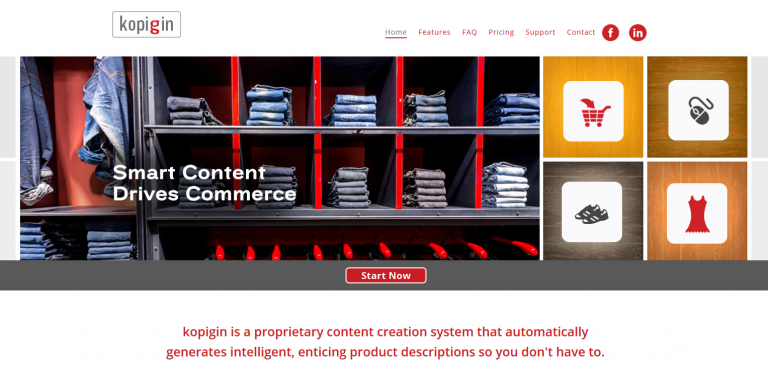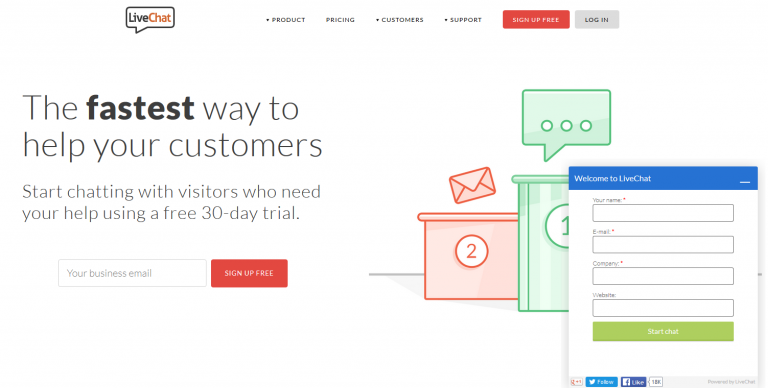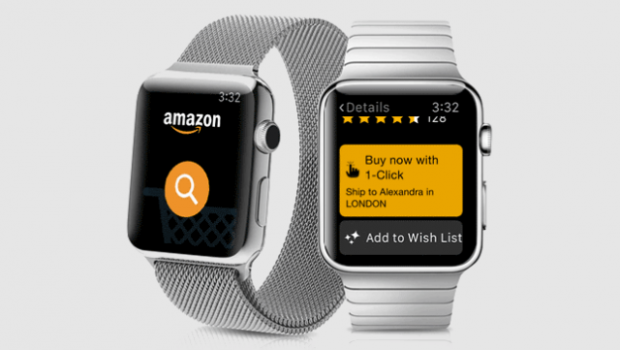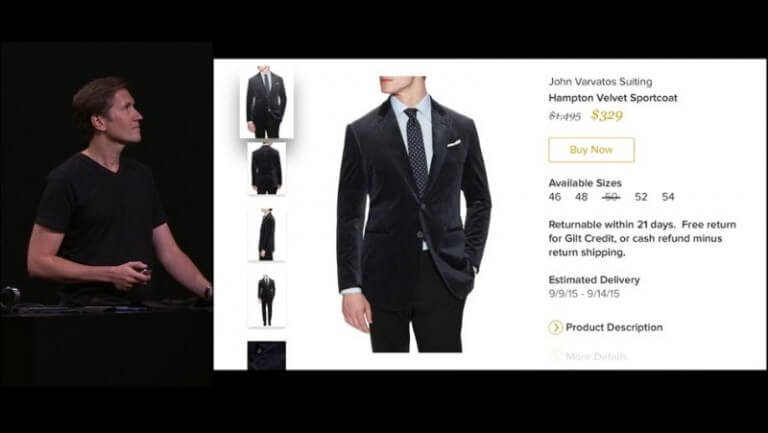Millennials are becoming the single most influential generation in the eCommerce universe. In the U.S., millennials (now aged 18 – 35) comprise more than half of online shoppers. In Canada, one in five shoppers in that age group made a purchase from a mobile phone. In Europe, 78% of millennials chose to purchase from one retailer over another based purely on delivery options.
Some known facts: millennials like to browse in-store, then seek out the best price online. They’re won over with the cheapest delivery options. They want to buy when stores are closed. They’re more likely to buy personal care items and cosmetics offline but flock to eCommerce sites offering products such as electronics, music, clothing, furniture, and e-books.
Here’s how online stores can respond:
Make Supremely Shareable Content
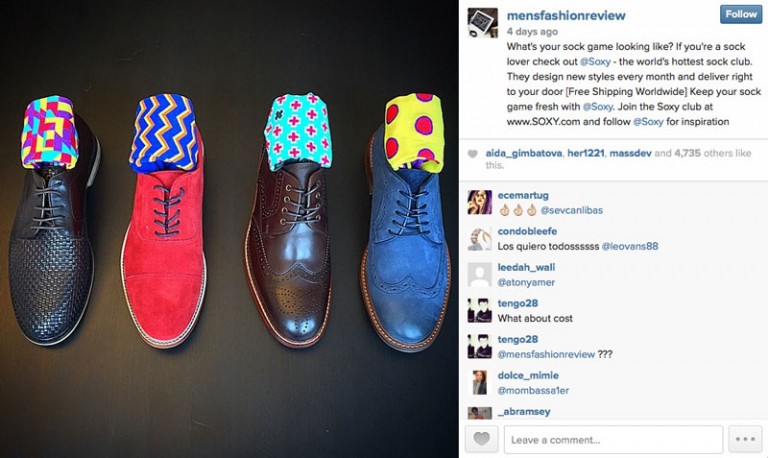

Millennials are tech-savvy and social media-hungry. They expect eCommerce sites to be optimized for digital devices.
Rather than relying on brand advertising, millennials are adept at searching the web for information and typically turn to review sites and social media outlets. They’re active participants, both seeking out information about an intended purchase and posting reviews on products they buy.
They fill out surveys on everything from customer service, to products and content. And they’re not shy about sharing experiences, both positive and negative.
Offer an Array of Related Products
Millennials love to window-shop and will click on cross-sell and up-sell opportunities where they happen to be shopping and on social media sites. In fact, millennials are notorious “clickers” without completing sales. They have been shown to put products in the shopping cart and leave the site in the hopes that the retailer will email or target them with a special offer.
On the upside, this generation is amenable to retargeting, also known as remarketing. Retargeting is a cookie-based technology that uses code to anonymously follow a targeted audience over the web to determine shopping habits and product preferences. A recent survey indicated that 72% of millennials view this type of targeted marketing as acceptable.
Make Saving Fun


Compared to their parent’s generation, millennials have grown up in relatively lean financial times and have an eye for a bargain accompanied by the technological know-how to find it.
Virtual coupons and loyalty programs are popular with this group. Surveys have indicated that millennials are a key segment for brand loyalty programs. Almost 70% of millennials surveyed said they would change where they shopped if it meant getting more rewards, and one-third responded that they had bought something online that they didn’t need or want to simply earn points or increase membership status. Gaming techniques are popular with this generation.
Embrace Their Unique Tastes
The millennials are a challenge to eCommerce. E-retailers are responding by optimizing their sites for mobile devices. They’re offering a personalized experience, targeted ads, loyalty programs, and easy-buy, easy-return options.
Above all, millennial-savvy eCommerce stores offer great customer service and keep in touch – via mobile devices and social media sites, of course.




